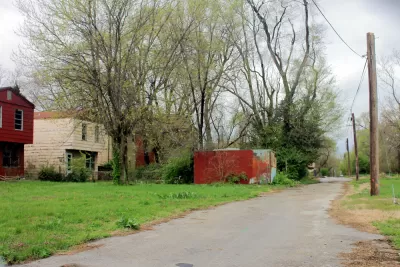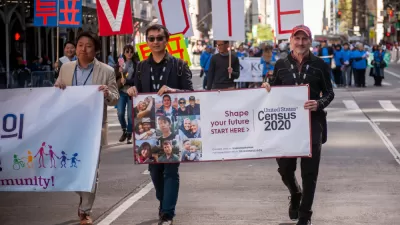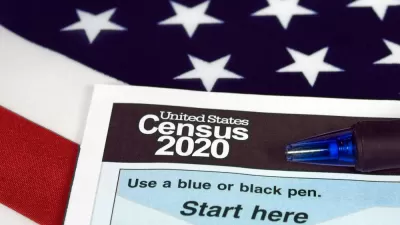A pair of reports analyzing U.S. Census Bureau poverty data from the last two decades show that high-poverty neighborhoods have become further impoverished.

Two reports published by the Economic Innovation Group in May cover U.S. Census Bureau poverty data between 1980 and 2018. The reports found that since 1980, the number of neighborhoods below the poverty line has roughly doubled. Areas marked as low-income neighborhoods in the '80s became poorer by 2018, for the most part.
"Just as the number of poor metro neighborhoods has doubled, so has the number of people living in them — 24 million people were living in these high-poverty communities in 2018, according to the research," writes Marie Patino in coverage of the new reports. The research shows that most people living in poverty live in high-poverty areas.
Patino recounts that while these upsetting trends are clear, the authors spent little time in the report speaking to what can be done to reverse the trend. It remains the case that low-income areas tend to be more crowded, and their residents at even higher risk of contracting the coronavirus. "Those factors also make low-income areas in the U.S. an easy target for epidemics," says Patino.
FULL STORY: Poor Neighborhoods Are Only Getting Poorer

Planetizen Federal Action Tracker
A weekly monitor of how Trump’s orders and actions are impacting planners and planning in America.

Restaurant Patios Were a Pandemic Win — Why Were They so Hard to Keep?
Social distancing requirements and changes in travel patterns prompted cities to pilot new uses for street and sidewalk space. Then it got complicated.

Map: Where Senate Republicans Want to Sell Your Public Lands
For public land advocates, the Senate Republicans’ proposal to sell millions of acres of public land in the West is “the biggest fight of their careers.”

Maui's Vacation Rental Debate Turns Ugly
Verbal attacks, misinformation campaigns and fistfights plague a high-stakes debate to convert thousands of vacation rentals into long-term housing.

San Francisco Suspends Traffic Calming Amidst Record Deaths
Citing “a challenging fiscal landscape,” the city will cease the program on the heels of 42 traffic deaths, including 24 pedestrians.

California Homeless Arrests, Citations Spike After Ruling
An investigation reveals that anti-homeless actions increased up to 500% after Grants Pass v. Johnson — even in cities claiming no policy change.
Urban Design for Planners 1: Software Tools
This six-course series explores essential urban design concepts using open source software and equips planners with the tools they need to participate fully in the urban design process.
Planning for Universal Design
Learn the tools for implementing Universal Design in planning regulations.
Heyer Gruel & Associates PA
JM Goldson LLC
Custer County Colorado
City of Camden Redevelopment Agency
City of Astoria
Transportation Research & Education Center (TREC) at Portland State University
Camden Redevelopment Agency
City of Claremont
Municipality of Princeton (NJ)





























